Guide to Managing and Eradicating Mould in Your Home
Mould growth in homes is not only unsightly but can also pose significant health risks. Whether it's due to burst pipes, flooding, or persistent dampness, understanding how to effectively manage and eradicate mould is crucial. At Aries Builders, we specialize in addressing these issues with precision and care. Here’s a detailed guide on what you need to know about dealing with mould and ensuring your home remains safe and healthy.
Understanding Mould and Its Impact
Mould is a type of fungus that thrives in moist environments. When plasterboard or other building materials get damp, they provide an ideal breeding ground for mould. Even after the surface appears dry, mould can continue to grow behind the scenes. This hidden growth can damage materials and degrade air quality, leading to health issues such as allergies, asthma, and more severe respiratory conditions.
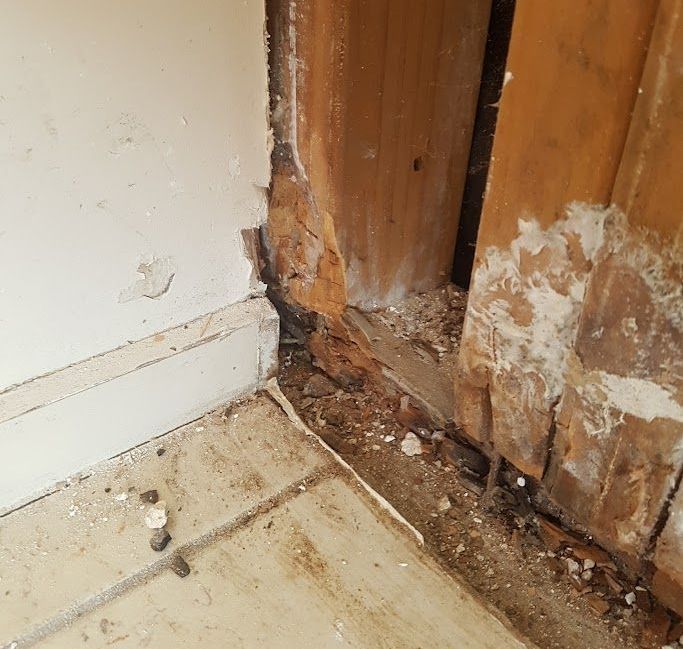
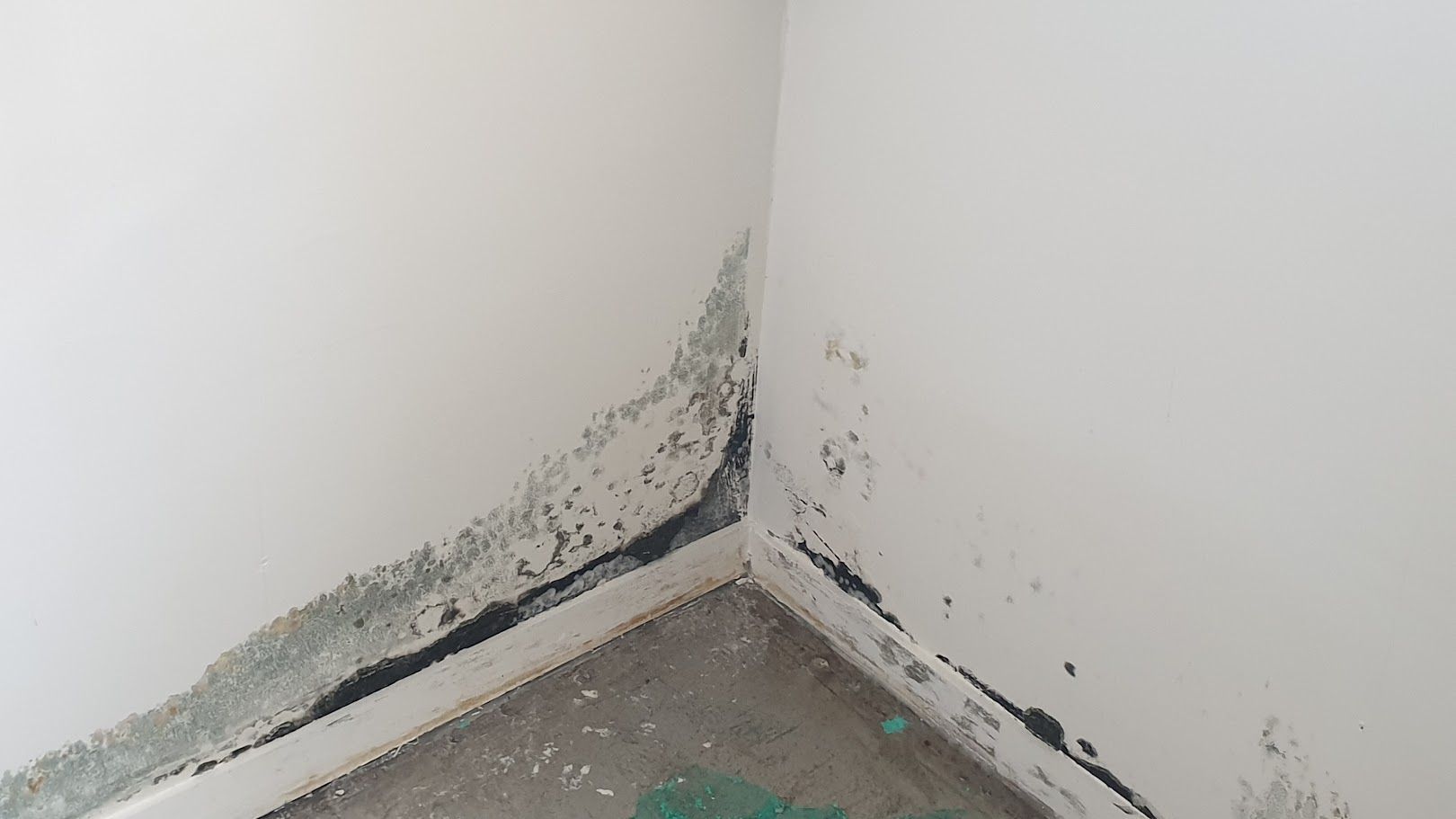
Identifying Mould in Your Home
Mould can grow in various parts of your home, often in hidden or less accessible areas. Here are some common spots to check:
Bathrooms and Kitchens: Look for condensation on windows, around plumbing fixtures, and in corners where moisture accumulates.
Laundry Areas: Regularly inspect behind washers and dryers, as well as in soap dispensers and on walls.
Air Conditioners and Ducts: These systems can trap moisture and harbour mould. Look for signs near vents and ducts.
Fridges and Wardrobes: Cold and dark environments like fridges and overcrowded wardrobes can support mould growth.
Walls and Ceilings: Pay attention to any moisture spots or peeling paint, particularly behind furniture or in poorly ventilated areas.
Preventing Mould Growth
Prevention is the best approach to dealing with mould. Here are some practical tips to keep your home mould-free:
Control Moisture: Fix leaks promptly and use exhaust fans in high-moisture areas like bathrooms and kitchens.
Improve Ventilation: Ensure good air circulation throughout your home. Use dehumidifiers and keep windows open whenever possible.
Regular Cleaning: Clean surfaces regularly with mould-inhibiting solutions. For example, a mix of vinegar and water is effective for many household surfaces.
Maintain Appliances: Keep filters clean in air conditioners and dishwashers. Leave doors ajar after use to allow drying.
Monitor High-Risk Areas: Regularly check and clean areas prone to dampness, such as under sinks and around bathtubs.

Effective Mould Removal Techniques
When mould does appear, it's important to tackle it safely and effectively. Here’s how to approach different surfaces:
- Soft Surfaces: For clothing or fabrics, wash them on the hottest setting suitable for the material with added white vinegar.
- Hard Surfaces: Clean tiles, grout, and other hard surfaces with a solution of 1 part vinegar to 20 parts water. Let it sit for 10-20 minutes before scrubbing.
- Extensive Infestations: If mould has deeply penetrated materials or covers large areas, professional help may be required to properly remediate the problem.
Recommended Products for Mould Control
There are various products available that can help in the fight against mould:
- Selleys Mould Killer: Highly recommended for its strong anti-mould properties.
- Exit Mould: Effective for quick and easy removal of surface mould.
- Vinegar: An eco-friendly and readily available option that kills mould on contact without harmful chemicals.
Safety Precautions
When dealing with mould, always prioritize your safety:
- Wear Protective Gear: Use gloves, masks, and goggles to protect yourself from spores.
- Ensure Proper Ventilation: Work in well-ventilated areas to avoid inhaling mould spores.
- Dispose of Contaminated Materials Safely: Seal and dispose of mould-contaminated items according to local regulations.
Ongoing Maintenance
After mould removal, maintain a dry and well-ventilated environment to prevent its return. Regularly check for leaks and moisture, and consider using mould-resistant paints and materials for added protection.
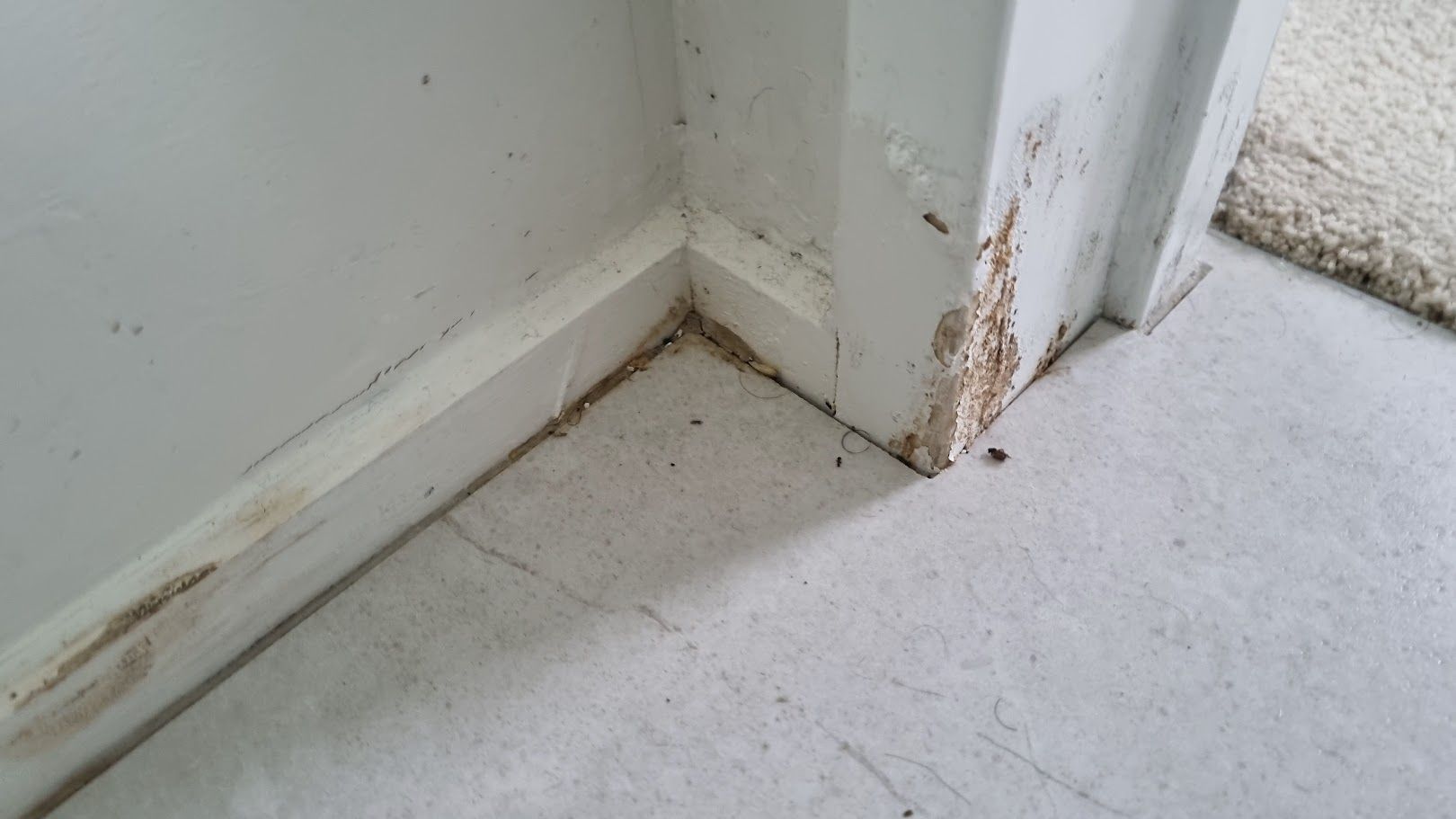
How Mould and Fungus Cause Timber Rot
Mould and fungus thrive in damp environments, feeding on organic materials like timber. When timber is exposed to moisture over prolonged periods, it creates the perfect conditions for these organisms to flourish. Here’s a breakdown of how this process unfolds:
Moisture Exposure:
Timber absorbs moisture from leaks, floods, or high humidity levels. This dampness provides an ideal environment for mould and fungus to grow.
Fungal Growth:
Once mould and fungus begin to grow, they release enzymes that break down the wood fibers. This process, known as "wood rot," weakens the timber's structure, leading to loss of strength and integrity.
Structural Damage:
As the wood decays, it becomes soft and brittle, losing its load-bearing capacity. This can compromise the structural stability of the affected area, making it unsafe and potentially leading to costly repairs.
Health Risks:
Beyond the physical damage to the timber, mould and fungus release spores into the air, which can cause health issues for the occupants, such as respiratory problems and allergic reactions.
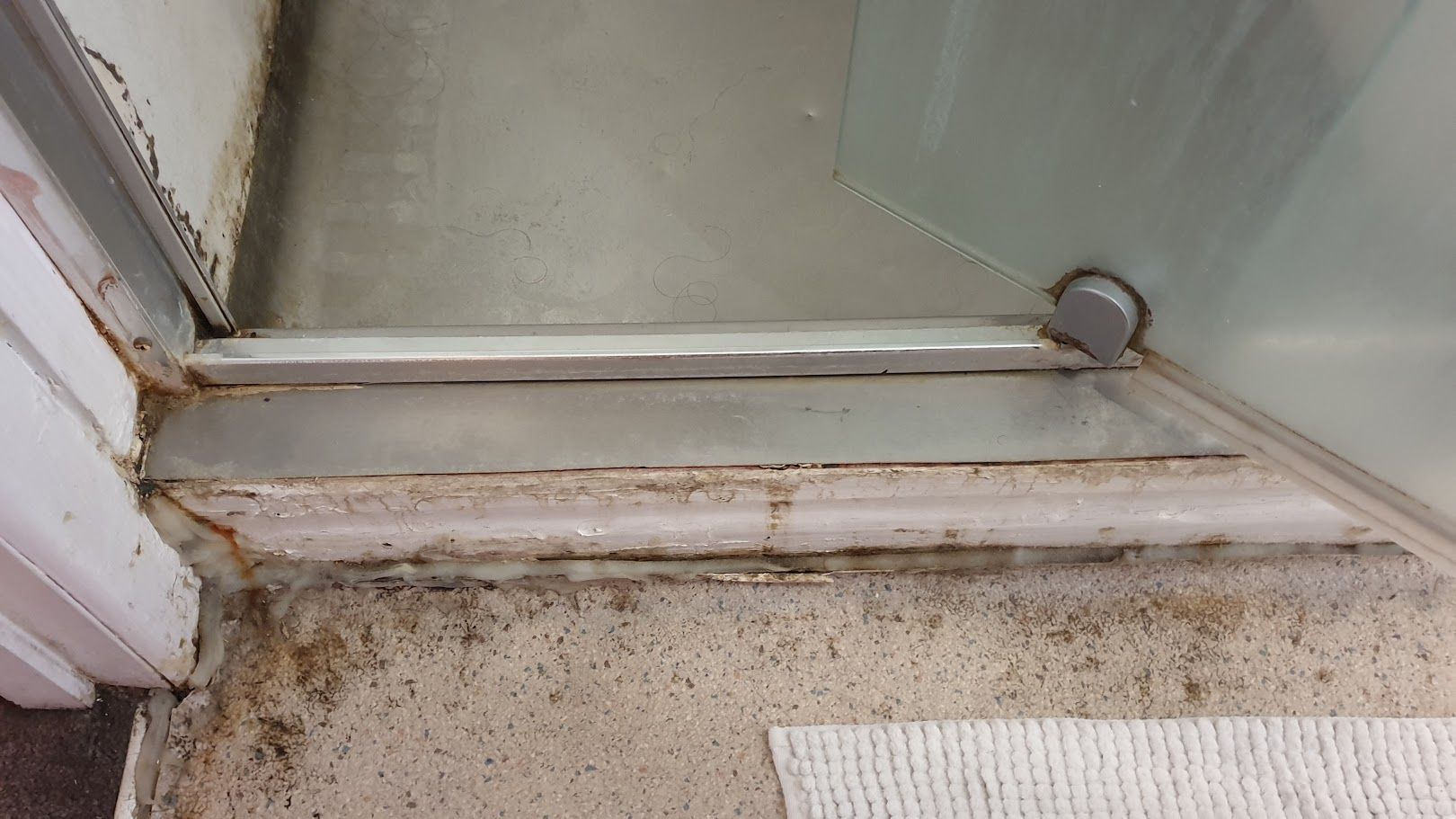
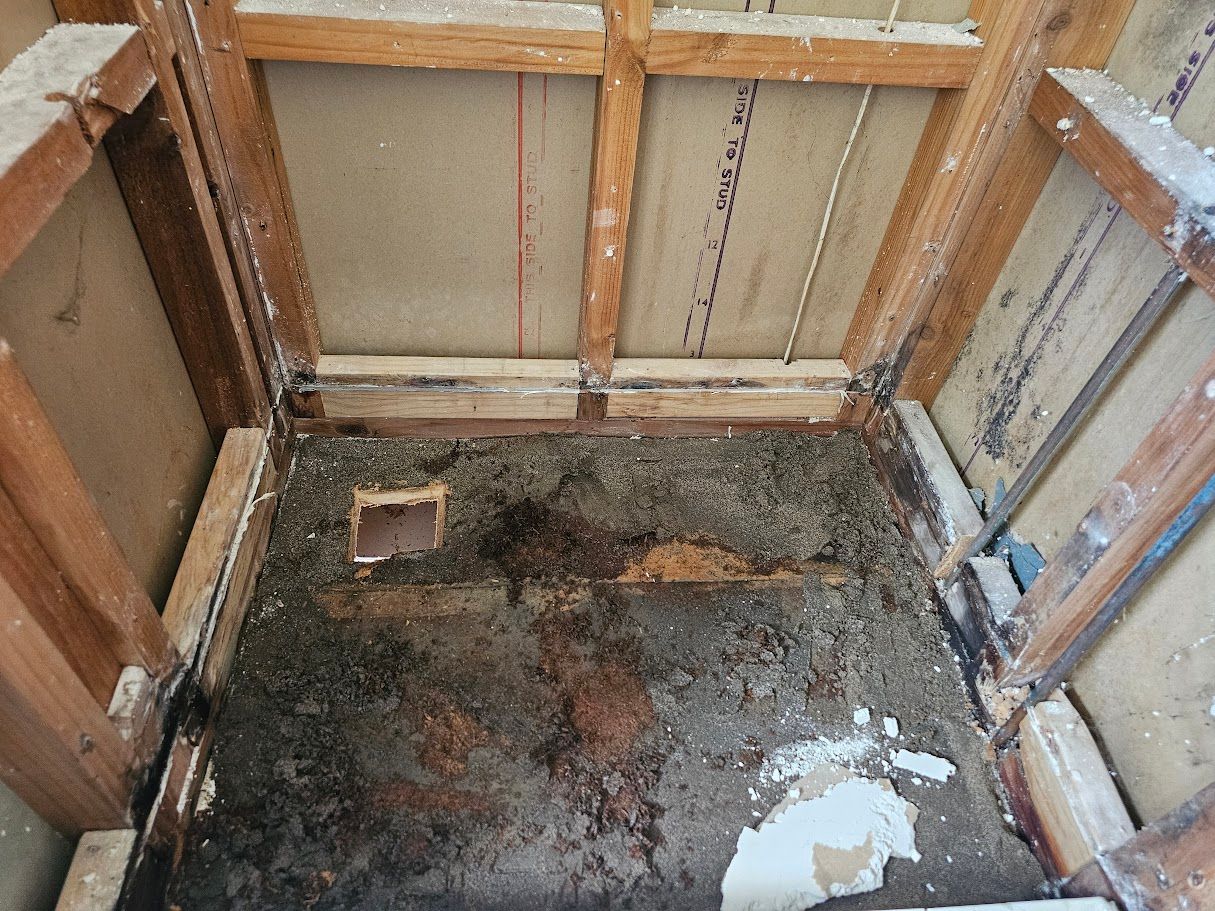
The Necessity of Replacing Damaged Timber and Plasterboard
Once timber or plasterboard has been significantly damaged by mould and fungus, repair often becomes impractical or impossible. Here’s why replacement is often necessary:
Irreversible Damage:
The structural integrity of the affected materials is compromised to the point where they can no longer safely perform their function. In timber, this means the wood has rotted and lost its strength.
Continued Decay:
Even if the surface mould is cleaned, the underlying fungal growth can continue to deteriorate the material from within. This ongoing decay means that simply treating the surface is not enough to stop the damage.
Health Considerations:
Damaged plasterboard and timber can continue to harbor mould spores and fungal growth, posing a long-term health risk. Replacing these materials ensures that the hidden mould is completely removed, providing a healthier environment.
Preventing Further Spread:
Replacing damaged sections of timber and plasterboard prevents the mould and fungus from spreading to adjacent areas, protecting the rest of your home from potential damage.
Preventing Mould and Fungus Damage
To protect your home from the damaging effects of mould and fungus, it’s crucial to manage moisture levels and ensure proper ventilation. Here are some proactive steps you can take:
Fix Leaks Immediately: Address any plumbing or roof leaks as soon as they occur to prevent moisture accumulation.
Control Humidity: Use dehumidifiers in high-moisture areas and ensure adequate ventilation, especially in bathrooms, kitchens, and basements.
Inspect Regularly: Conduct regular inspections of your home’s structure, particularly in areas prone to dampness, and address any signs of mould or water damage promptly.
Use Mould-Resistant Materials: Consider using mould-resistant plasterboard and treated timber in areas vulnerable to moisture.
Geoffrey Budge
Aries Builders
At Aries Builders, we provide expert mould remediation and timber replacement services. If you suspect your home has been affected by mould or fungus, contact us today for a comprehensive assessment and professional solutions to keep your home safe and sound.

